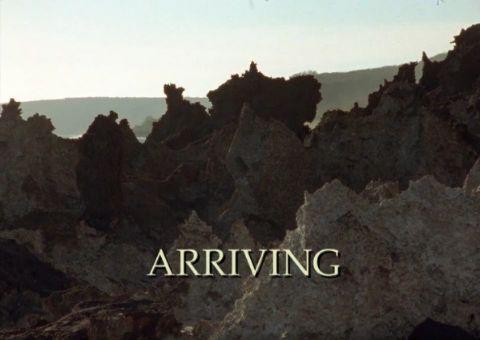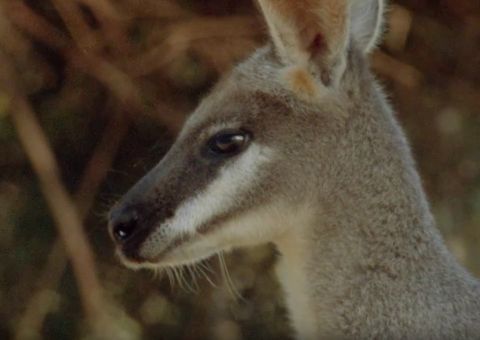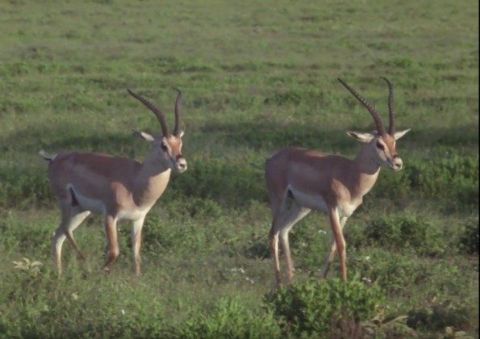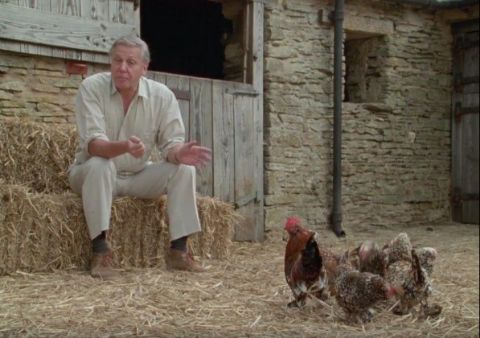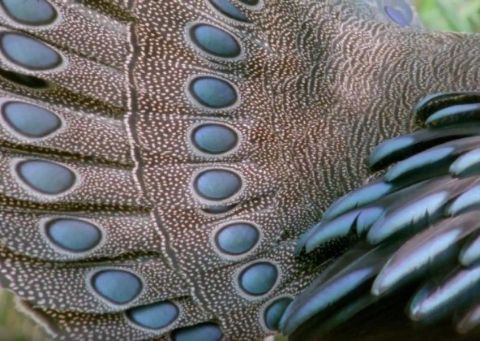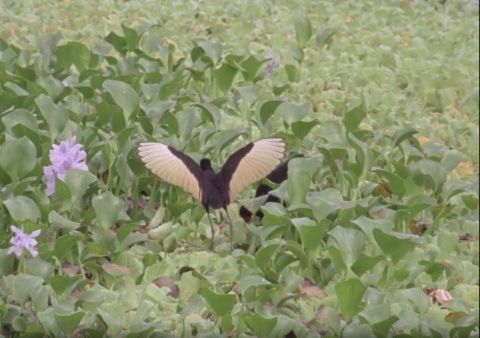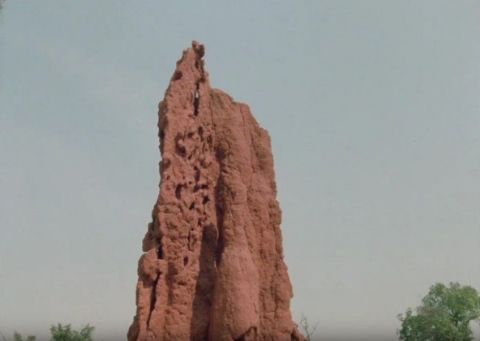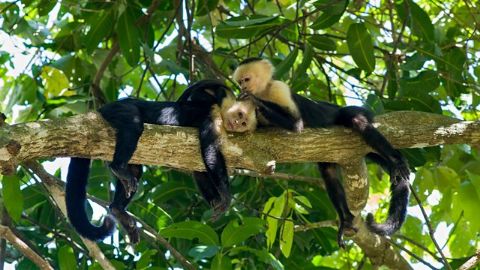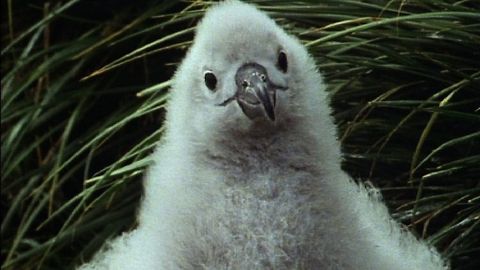Trials of Life • 1990 • 13 episodes •
For animals, there is no greater challenge than surviving the vulnerable first years of life. This episode demonstrates that nature's solutions are as varied as those in human society.
1990 • Nature
The search for food in the animal world. With leaves defended by poisons and seeds clad in thorns, animals fight back in very innovative ways.
1990 • Nature
Life-and-death duels are fought daily in the wild: an orchid turns out to be a predator, killer whales ambush sea lions and chimps pursue colobus monkeys.
1990 • Nature
How animals ranging from albatrosses to ants can navigate themselves over long distances.
1990 • Nature
How all animal architects aim to keep both the elements and intruders at bay through features that include defensive moats.
1990 • Nature
Examining some of the weird relationships that develop between species, from birds that relieve clients of hangers-on to hermit crabs that enlist stinging anemones to repel octopuses.
1990 • Nature
From vampire bats to baboons, Sir David Attenborough investigates the importance of recognising friends and respecting the power of rivals throughout the animal kingdom.
1990 • Nature
From the love songs of fish to the flashes of millions of tiny beetles, Sir David Attenborough examines methods of communication used by animals.
1990 • Nature
A look at the many and varied ways in which animals procreate in order to ensure that their genes are passed on to the next generation.
1990 • Nature
The inside of a termite mound proved especially challenging for Attenborough: it was so cramped that he could only face in one direction. He therefore had to slowly crawl backwards out of shot when performing re-takes.
1990 • Nature
